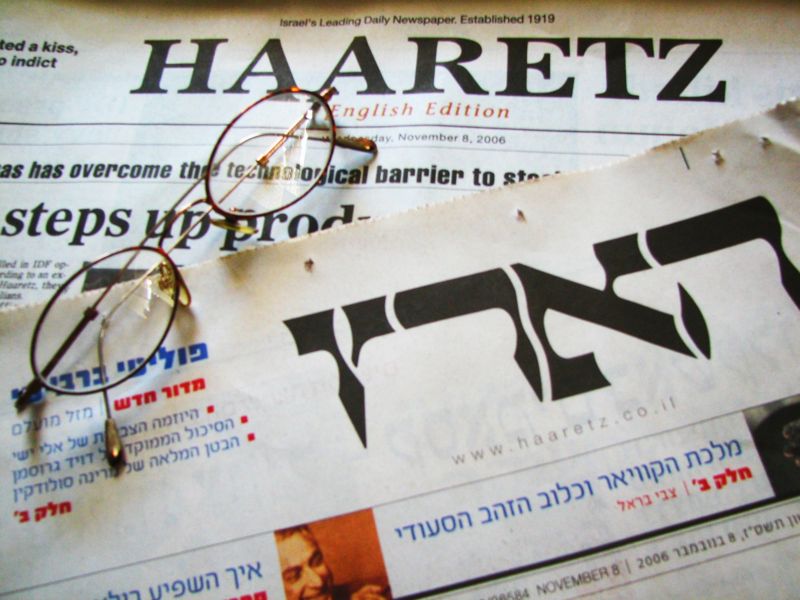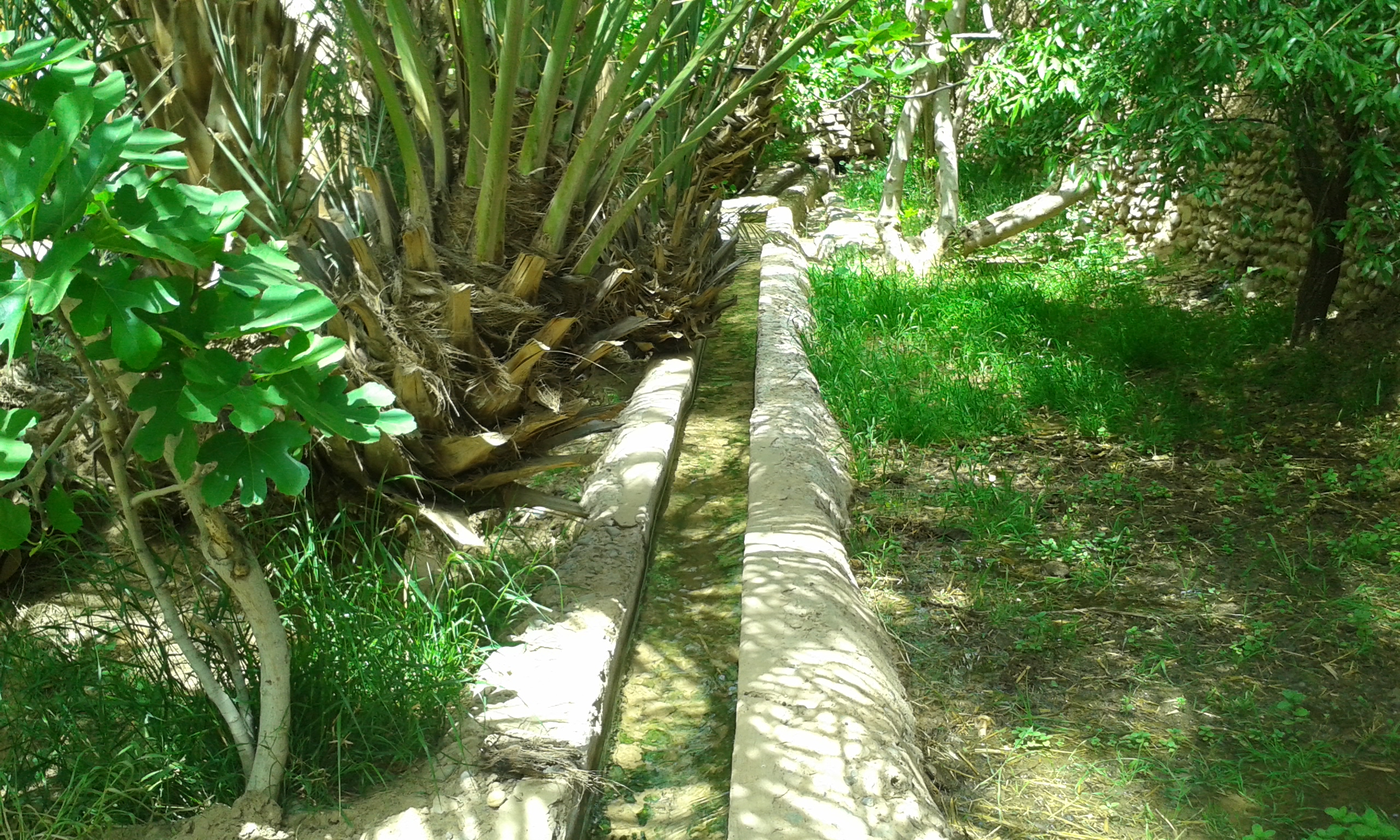|
Ezuz
Ezuz () is a small community settlement in the Negev desert of southern Israel. Named for Nahal Ezuz, a dry riverbed, it is located to the south of Nitzana and falls under the jurisdiction of the Ramat HaNegev Regional Council. In it had a population of . History The village was established on 19 March 1956 as a Nahal settlement, and was initially named Be'erotayim (בארותיים, lit. "Two Wells"), a translation of the Arabic name "Birin", that refers to Moshe's Well and Aharon's well; it was also referred to as Be'erotayim (BaNegev) to differentiate it from Be'erotayim in the centre of Israel. It was founded after the Egyptian army was removed from the demilitarized zone near Nitzana by Israeli forces in an attempt to strengthen defences next to the Egypt–Israel Border. While soldiers lived in Be'erotayim, they began growing foods including almonds, grain, sheep and cattle. At the end of the Six-Day War the village was abandoned as there was no need for a military presen ... [...More Info...] [...Related Items...] OR: [Wikipedia] [Google] [Baidu] |
Ramat HaNegev Regional Council
Ramat HaNegev Regional Council () is a regional council in the Negev desert in Israel. With around 8,000 residents spread across 20 villages, the council is geographically the largest in Israel, covering more than 20% of Israel's landmass. The council's headquarters are located on Highway 40 between Mashabei Sadeh and Tlalim. Geography Ramat HaNegev is geographically the largest local authority area in Israel, covering over 4.3 million dunam, around 22% of Israel. The region is home to around 8,000 residents spread across 20 villages split between kibbutzim, moshavim, community settlements, an educational youth village and military bases, as well as 23 farms. The council borders Central Arava Regional Council to the east, Hevel Eilot Regional Council to the south, Egypt to the west and Bnei Shimon Regional Council and Eshkol Regional Council to the north. Neve Midbar Regional Council and the local councils of Mitzpe Ramon and Yeruham are enclaves within Ramat HaNege ... [...More Info...] [...Related Items...] OR: [Wikipedia] [Google] [Baidu] |
Haaretz
''Haaretz'' (; originally ''Ḥadshot Haaretz'' – , , ) is an List of newspapers in Israel, Israeli newspaper. It was founded in 1918, making it the longest running newspaper currently in print in Israel. The paper is published in Hebrew language, Hebrew and English language, English in the Berliner (format), Berliner format, and is also available online. In North America, it is published as a weekly newspaper, combining articles from the Friday edition with a roundup from the rest of the week. ''Haaretz'' is Israel's newspaper of record. It is known for its Left-wing politics, left-wing and Liberalism in Israel, liberal stances on domestic and foreign issues. ''Haaretz'' has the third-largest Print circulation, circulation in Israel. It is widely read by international observers, especially in its English edition, and discussed in the international press. According to the Center for Research Libraries, among Israel's daily newspapers, "''Haaretz'' is considered the most infl ... [...More Info...] [...Related Items...] OR: [Wikipedia] [Google] [Baidu] |
1956 Establishments In Israel
Events January * January 1 – The Anglo-Egyptian Sudan, Anglo-Egyptian Condominium ends in Sudan after 57 years. * January 8 – Operation Auca: Five U.S. evangelical Christian Missionary, missionaries, Nate Saint, Roger Youderian, Ed McCully, Jim Elliot and Pete Fleming, are killed for trespassing by the Waorani people of Ecuador, shortly after making contact with them. * January 16 – Egyptian leader Gamal Abdel Nasser vows to reconquer Palestine (region), Palestine. * January 25–January 26, 26 – Finnish troops reoccupy Porkkala, after Soviet Union, Soviet troops vacate its military base. Civilians can return February 4. * January 26 – The 1956 Winter Olympics open in Cortina d'Ampezzo, Italy. February * February 2 – Austria and Israel establish diplomatic Austria–Israel relations, relations. * February 11 – British Espionage, spies Guy Burgess and Donald Maclean (spy), Donald Maclean resurface in the Soviet Union, after being missing for 5 years. * ... [...More Info...] [...Related Items...] OR: [Wikipedia] [Google] [Baidu] |
Populated Places Established In 1956
Population is a set of humans or other organisms in a given region or area. Governments conduct a census to quantify the resident population size within a given jurisdiction. The term is also applied to non-human animals, microorganisms, and plants, and has specific uses within such fields as ecology and genetics. Etymology The word ''population'' is derived from the Late Latin ''populatio'' (a people, a multitude), which itself is derived from the Latin word ''populus'' (a people). Use of the term Social sciences In sociology and population geography, population refers to a group of human beings with some predefined feature in common, such as location, race, ethnicity, nationality, or religion. Ecology In ecology, a population is a group of organisms of the same species which inhabit the same geographical area and are capable of interbreeding. The area of a sexual population is the area where interbreeding is possible between any opposite-sex pair within the area ... [...More Info...] [...Related Items...] OR: [Wikipedia] [Google] [Baidu] |
Community Settlements
A community is a social unit (a group of people) with a shared socially-significant characteristic, such as place, set of norms, culture, religion, values, customs, or identity. Communities may share a sense of place situated in a given geographical area (e.g. a country, village, town, or neighborhood) or in virtual space through communication platforms. Durable good relations that extend beyond immediate genealogical ties also define a sense of community, important to people's identity, practice, and roles in social institutions such as family, home, work, government, TV network, society, or humanity at large. Although communities are usually small relative to personal social ties, "community" may also refer to large-group affiliations such as national communities, international communities, and virtual communities. In terms of sociological categories, a community can seem like a sub-set of a social collectivity. In developmental views, a community can emerge out of a col ... [...More Info...] [...Related Items...] OR: [Wikipedia] [Google] [Baidu] |
Israel Antiquities Authority
The Israel Antiquities Authority (IAA, ; , before 1990, the Israel Department of Antiquities) is an independent Israeli governmental authority responsible for enforcing the 1978 Law of Antiquities. The IAA regulates excavation and conservation, and promotes research. The Director-General is Eli Escusido - sometimes written Eskosido. The Jay and Jeanie Schottenstein National Campus for the Archaeology of Israel is the new home of the IAA, located on Museum Hill, in the heart of Jerusalem, capital of the State of Israel,.The campus is planned on 20,000 square meters between the Israel Museum and the Bible Lands Museum by Architect Moshe Safdie. The aim of the National Campus is to exhibit approximately two million ancient artifacts and make them accessible to the public. The National Campus serves as a center for research, education, demonstration, display, and explanation of Israel's cultural heritage across its various cultural and religious spectrums, throughout human ... [...More Info...] [...Related Items...] OR: [Wikipedia] [Google] [Baidu] |
Kadesh (Israel)
Kadesh or Qadesh or Cades (, from the root "holy") is a place-name that occurs several times in the Hebrew Bible, describing a site or sites located south of, or at the southern border of, Canaan and the Kingdom of Judah in the kingdom of Israel. Many modern academics hold that it was a single site, located at the modern Tel el-Qudeirat, while some academics and rabbinical authorities hold that there were two locations named Kadesh. A related term, either synonymous with Kadesh or referring to one of the two sites, is Kadesh (or Qadesh) Barnea. Various etymologies for ''Barnea'' have been proposed, including 'desert of wanderings,' but none have produced widespread agreement. The Bible mentions Kadesh and/or Kadesh Barnea in a number of episodes, making it an important site (or sites) in narratives concerning Israelite origins. Kadesh was the chief site of encampment for the Israelites during their wandering in the Zin Desert (Deuteronomy 1:46), as well as the place from which t ... [...More Info...] [...Related Items...] OR: [Wikipedia] [Google] [Baidu] |
Arish
ʻArish or el-ʻArīsh ( ' ) is the capital and largest city of the North Sinai Governorate of Egypt, as well as the largest city on the Sinai Peninsula, lying on the Mediterranean coast northeast of Cairo and west of the Egypt–Gaza border. The population was 204,391 in 2023. In antiquity and the Early Middle Ages, the city was known as Rinokoroura (, ). ʻArīsh is located at the mouth of Wadi al-Arish, a long ephemeral watercourse. The Azzaraniq Protectorate is on the eastern side of ʻArīsh. Etymology There are several hypothetical possibilities for the origin of the modern name of the city, which is first mentioned under it in the 9th century. One possibility is that the name might be an Arab phonetic transcription of a pre-existing toponym. However, there is no name that fully qualifies as such, apart from the Ariza () of Hierokles, which is difficult to interpret. Another possibility is that the name el-Arish was given to a city that already existed in the ... [...More Info...] [...Related Items...] OR: [Wikipedia] [Google] [Baidu] |
Beersheba
Beersheba ( / ; ), officially Be'er-Sheva, is the largest city in the Negev desert of southern Israel. Often referred to as the "Capital of the Negev", it is the centre of the fourth-most populous metropolitan area in Israel, the eighth-most populous Israeli city with a population of , and the second-largest city in area (after Jerusalem), with a total area of 117,500 dunams (45 mi2 / 117.5 km2). Human habitation near present-day Beersheba dates back to the fourth millennium BC. In the Bible, Beersheba marks the southern boundary of ancient Israel, as mentioned in the phrase " From Dan to Beersheba." Initially assigned to the Tribe of Judah, Beersheba was later reassigned to Simeon. During the monarchic era, it functioned as a royal city but eventually faced destruction at the hands of the Assyrians. The Biblical site of Beersheba is Tel Be'er Sheva, lying some 2.5 miles (4km) distant from the modern city, which was established at the start of the 20th century by ... [...More Info...] [...Related Items...] OR: [Wikipedia] [Google] [Baidu] |
Oasis
In ecology, an oasis (; : oases ) is a fertile area of a desert or semi-desert environmentBattesti, Vincent (2005) Jardins au désert: Évolution des pratiques et savoirs oasiens: Jérid tunisien. Paris: IRD éditions. . that sustains plant life and provides habitat for animals. Surface water may be present, or water may only be accessible from wells or underground channels created by humans. In geography, an oasis may be a current or past rest stop on a transportation route, or less-than-verdant location that nonetheless provides access to underground water through deep wells created and maintained by humans. Although they depend on a natural condition, such as the presence of water that may be stored in reservoirs and us ... [...More Info...] [...Related Items...] OR: [Wikipedia] [Google] [Baidu] |






